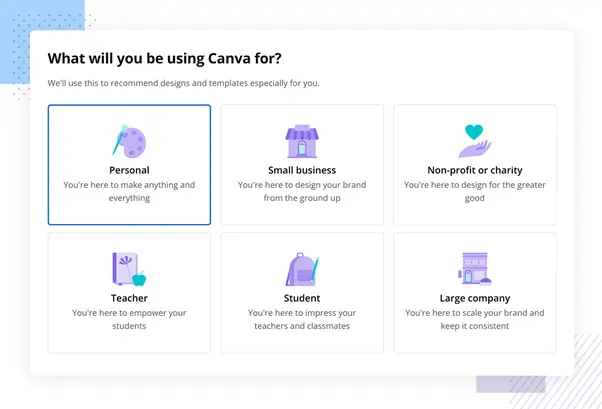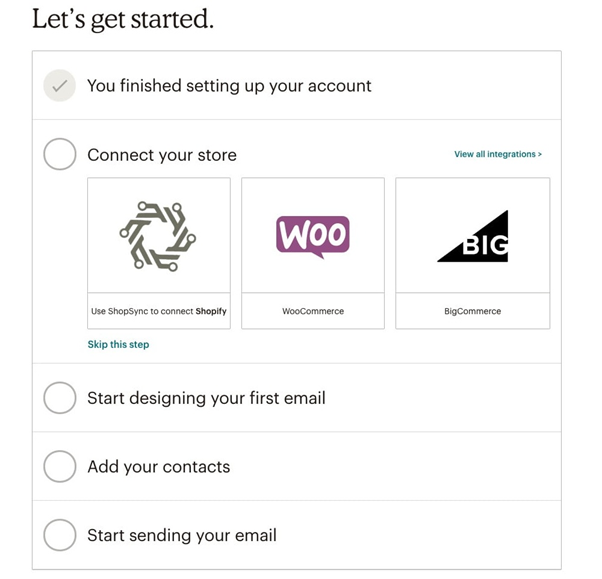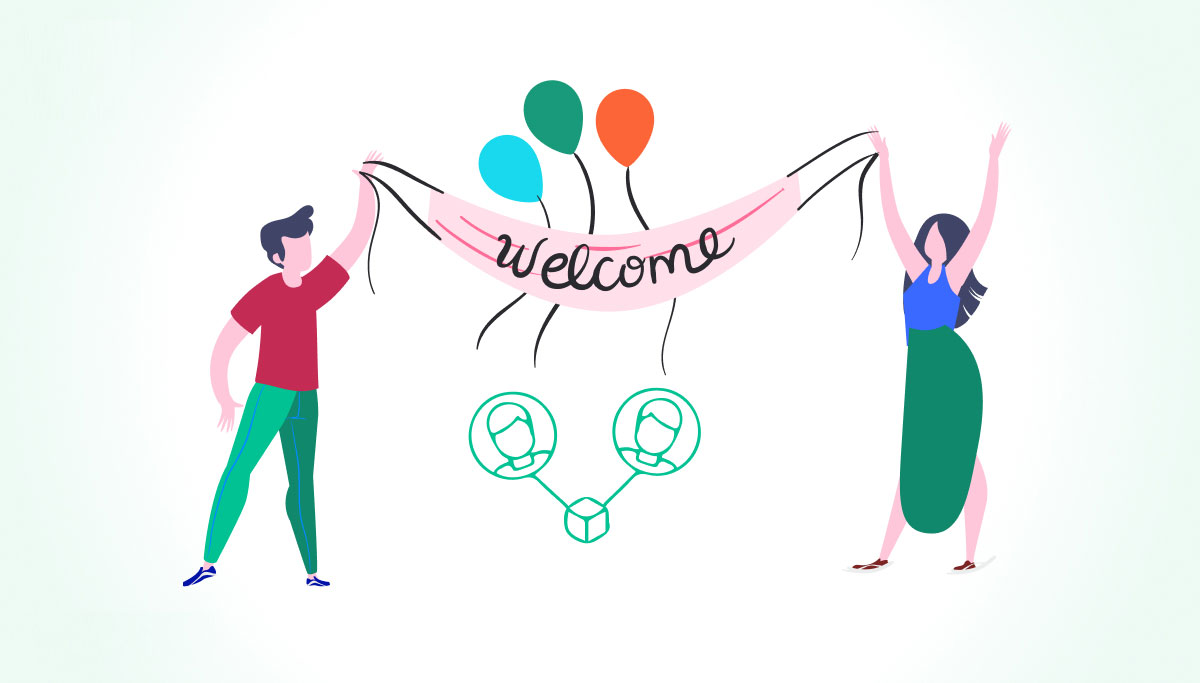Several businesses focus all their energy on marketing and sales. Once the customer is won, they celebrate and focus on getting more new customers. This might have worked in the age when customers were sold to by sales teams over a period and before the era of SaaS (Software as a Service). Now, Customers are aware of what they want and from whom before even engaging with your business. They do their research, and their first impression starts with the trial form they fill out until they get a feel of your product in the first few minutes.
If your onboarding experience is anything short of impressive it is so easy for them to just move to a competitor’s SaaS product, and they certainly will.
What does SaaS onboarding entail?
Before we go into some tips that you can encompass in your onboarding process, let us see what onboarding in SaaS means. A customer’s journey with a product can typically be broken down into phases. The first phase being Onboarding, followed by product adoption to renewal and advocacy. Obviously, this changes from product to product but this is a how a typical customer’s lifecycle journey in SaaS looks like.
Depending on your products sale’s strategy, onboarding starts from the time the sales team hands over the customer to the customer success team or in cases of self-service, onboarding starts from the time when the customer fills the trial form and logs onto the product. This phase typically ends when the customer is comfortable with the product and has seen the initial value with the product and has reached the Aha! Moment with your product.
So, let us go through some tips that you can follow to ensure your customer onboarding is as smooth as it can be.
1. Reduce friction in your sign up
The quote “The ability to simplify means to eliminate the unnecessary so that the necessary may speak” is best suited here. In a self-service SaaS trial, the necessary is your product and that must speak for itself. By making it difficult or time consuming to sign up for a trial puts many customers away as we live in times of instant gratification and the more you delay in showing your product the more the risk that they will abandon and leave.
Keep the sign up as simple as you could and give the customer a taste of your product. Customisation post sign up is important and we will cover that in the next point.
2. Understand your customer
When your customer is using your product for the first time, taking a minute of theirs to understand their user persona and customising the product according to that will help them reach the Aha! Moment much quicker.
For this you would need to understand your customer’s user personas and what is important for them. Keep in mind to keep this simple and not ask plenty of questions upfront. If a lot of input is required, then phase it out and ask questions as and when they are using the relevant features as opposed to bombarding them with a thorough list of questions upfront.
Here is an example of how Canva customises the templates based on customers persona.

3. Invest in a product walkthrough
Product tours are tooltips showing various functionalities. They do not really work well cause the user will not be interested to know what each of the buttons on your product do. They want to reach their Aha! Moment as soon as possible. This is where product walk through’s help. They guide you to get started with the product and show you what to click on to achieve the first desired outcome.
So, think about what path the user must take to reach their first Aha! Moment and build a walkthrough based on that. It will be interactive, but the user would appreciate that as they have signed up to your product for a reason and you are making it simpler by showing them what to click on and where to navigate in order achieve their objective.
Schedule a demo with one of our experts to take a deeper dive into Churn360
Book a demo
4. Use an onboarding checklist
When your product has several steps, it would help the customer to show the steps they need to do before they can start using your product. Mailchimp, an email marketing service provider provides a checklist shown below to help the user get started.
Remember to focus on just the steps that are required to help the customer achieve their key objectives. Your product might have multiple areas requiring configurations, but you can address that when your customer is ready. Remembers it is all about taking the customer to their first Aha! Moment as soon as possible. If they can get there in the shortest possible time, the chance of them churning reducing hugely.

5. Tailor your emails
All companies personalise emails sent to customers by using the name of the person the email is addressed to along with using the companies name, but this must be taken further, and the content of the emails must be personalised based on intelligence.
For example, as part of onboarding a set of 4-5 emails may be defined and then scheduled to be sent. Rather than sending the same set of emails to all customers, using the usage data of the users more appropriate emails can be sent. If someone has already used a feature, there is no point sending them an email asking them to use that feature through a pre-defined template. Use intelligence to work out your onboarding email sequence.
6. Empower your customer success teams
Provide your customer success teams with data that they can use to identify onboarding problems your customers might be facing. They can then reach out to those customers and help them onboard. Customers who do not onboard within the first few weeks are more likely to churn compared to people who onboard soon after purchasing the product. So, time is critical.
Customer success platforms like Churn360 help identify stuck customers in the onboarding stage as part of our customer journey module. Churn360 also provides a 360-degree view about the customer including licence utilisation and feature usage to help target users with the most appropriate messages based on data.
Summary
The importance of onboarding cannot be stressed enough and is the single most important stage of your customer journey. A customer who does not complete onboarding will not adopt to the product and will not renew their subscription! So, focus on your onboarding process and consider the tips above as part of your onboarding strategy and see your overall churn reduce.


